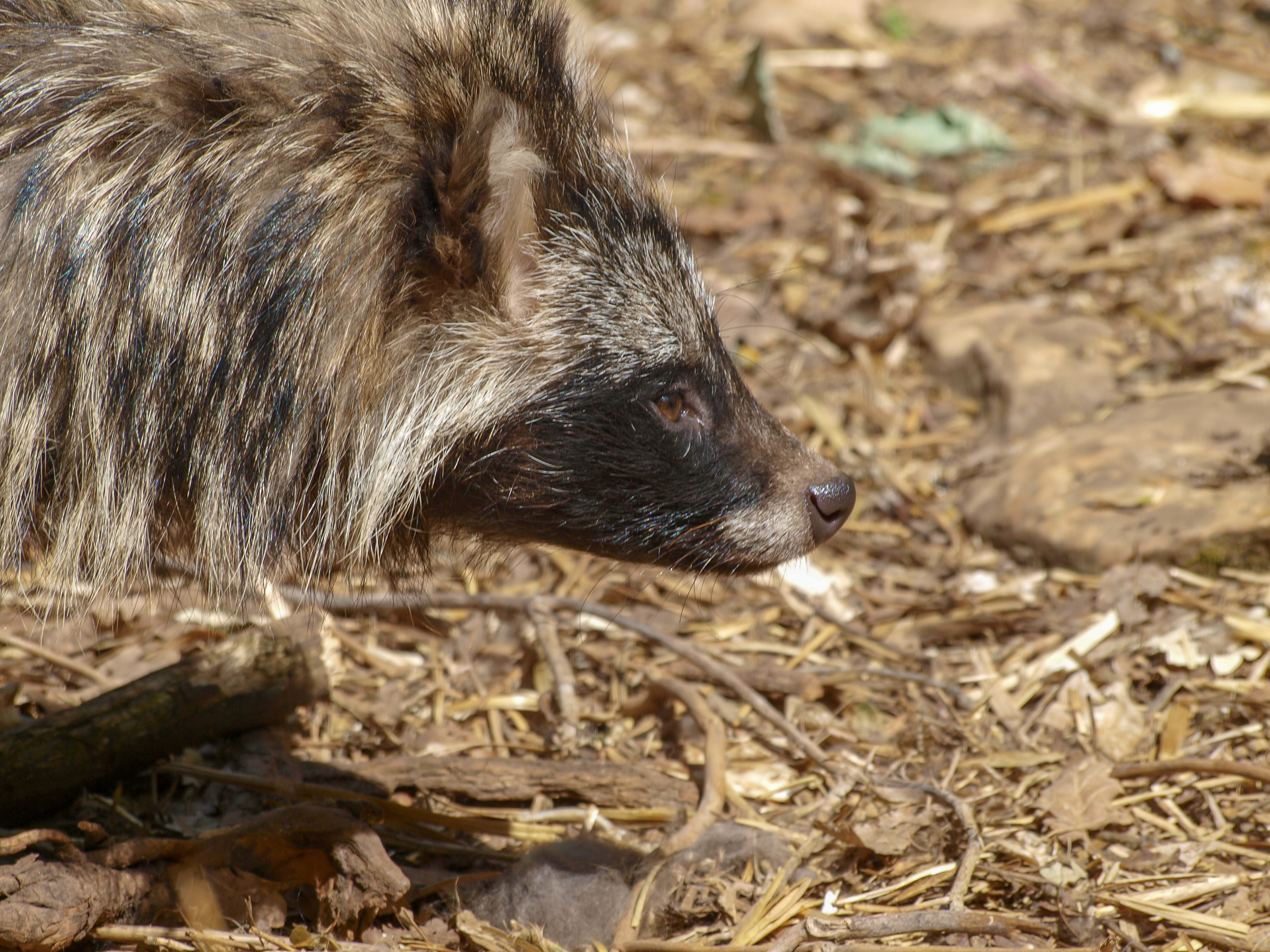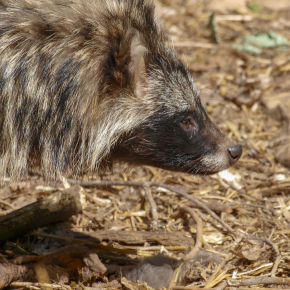
COVID-19: animal species identified as potential sources of the pandemic
In a study published in the journal Cell on 19 September, an international research team led by scientists from CNRS1 , the University of Arizona and Scripps Research in California has identified animal species likely to have served as intermediate hosts for SARS-CoV-2, the virus responsible for the COVID-19 pandemic. These species were present at the end of 2019 in the Huanan Wholesale Market in Wuhan (China), the epicentre of the pandemic.
Analysing public genetic sequences from samples collected shortly after the market closed on 1 January 20202
, the scientists showed that genetic material from the SARS-CoV-2 virus and certain wild animals are found in the same corner of the market. The wildlife species include raccoon dogs and civets3
. Both species played a role in the 2002-2004 SARS outbreak, and raccoon dogs have been shown to be able to transmit SARS-CoV-2.
The data, obtained by metatranscriptomic sequencing, are such that all organisms present in each sample (viruses, bacteria, plants, animals or humans) can be identified. Using these data, the researchers characterized the genotype of key animal species at the market and traced back their potential geographical origins4
.
The researchers also analysed the viral genomes of the earliest COVID-19 patients in order to reconstruct the possible early evolution of the virus. They demonstrate that the genetic diversity of the virus present in the market was representative of the genetic diversity of early human cases of the pandemic. This finding is also consistent with an emergence linked to the market. It is an additional element in a large body of scientific evidence that includes for instance the locations of the earliest cases near the Huanan Market.
The results therefore support the hypothesis that the pandemic is linked to the wildlife trade in the market at the end of 2019.
The study also reveals the presence of other zoonotic viruses in the market, indicating the elevated risk caused by the sale of live animals in densely populated cities. Identifying the human activities most likely to trigger new pandemics is crucial in order to better anticipate and prevent such crises.

- 1Institut d’Ecologie et des Sciences de l’Environnement (CNRS/Sorbonne Universite/UPEC/IRD/INRAE).
- 2The study is based on an analysis of data provided by the Chinese Center for Disease Control (CCDC). This information, accessible on open and public databases, includes the raw sequencing data of more than 800 samples collected from Huanan Market (from cages and carts, the floors and walls of stalls, as well as in drains and sewage, etc.).
- 3Raccoon dogs are a wild canid similar to foxes, with markings similar to raccoons, and civets are small carnivorous mammals similar to mongooses and hyenas. Bamboo rats and Malayan porcupines were also among the SARS-CoV-2 positive samples.
- 4For example, raccoon dogs are thought to come from southern or central China, not from the north, where fur farms are usually located.
Genetic tracing of market wildlife and viruses at the epicenter of the COVID-19 pandemic Author list and affiliations. Alexander Crits-Christoph, Joshua I. Levy, Jonathan E. Pekar, Stephen A. Goldstein, Reema Singh, Zach Hensel, Karthik Gangavarapu, Matthew B. Rogers, Niema Moshiri, Robert F. Garry, Edward C. Holmes, Marion P. G. Koopmans, Philippe Lemey, Thomas P. Peacock, Saskia Popescu, Andrew Rambaut, David L. Robertson, Marc A. Suchard, Joel O. Wertheim, Angela L. Rasmussen, Kristian G. Andersen, Michael Worobey and Florence Débarre. Cell, September 19, 2004.
DOI: 10.1016/j.cell.2024.08.010


